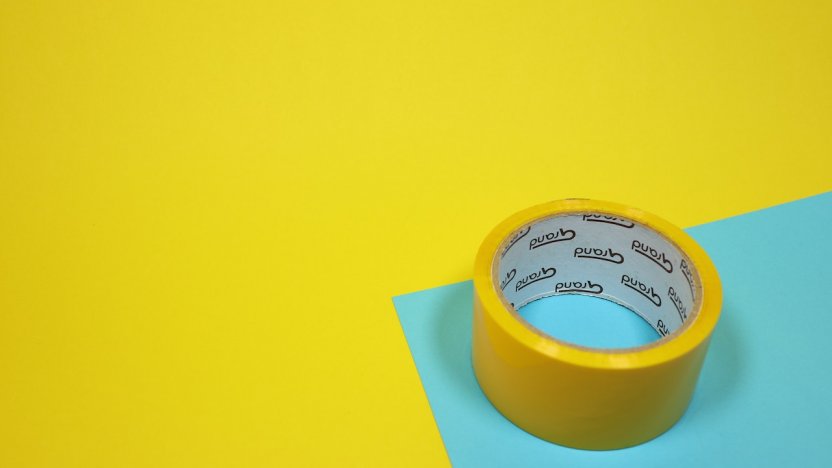Online marketplaces, counterfeits and consumer disappointment

A recent report by EUIPO on the risks and damages posed by IP infringement in Europe has identified that nearly one in 10 European consumers believe they have been tricked into buying counterfeit goods online.
E-commerce is booming with more than 70% of Europeans shopping online in 2020. That figure is expected to continue to grow, as a result of COVID-19 restrictions and evolution in habits and preferences.
However, as highlighted in EUIPO’s June report Risks and damages posed by IPR infringement in Europe, consumers are increasingly being tricked into purchasing fake products. According to its findings, nearly one in 10 Europeans (9%) have been misled into buying counterfeits, and a third of Europeans (33%) are unsure as to whether a product they have purchased is original.
As a result, uncertainty regarding counterfeit products has become a growing concern for consumers with many reporting themselves unable to distinguish between genuine and fake goods. This is particularly the case on online marketplaces, where counterfeit goods are made to appear ‘real’ through unauthorised use of the brand owner’s own marketing product photographs and/or descriptions.
Whose responsibility is it to stamp out the counterfeit trade?
Last month, the International Trademark Association (INTA) also released its own report, Addressing the sale of counterfeits on the internet, in which it discusses how online marketplaces are in the best position to stop counterfeiters because of the direct relationships they have with their sellers. It also called on them to address practices and algorithms that may also be exacerbating the problem. For example, many online marketplaces provide verification seals and high search placements for high-volume customers, which can often make a seller appear more trustworthy than it perhaps is.
Among its key recommendations for change, INTA puts forward that online marketplaces should take more responsibility for verifying the identities and addresses of their sellers, and improve their disclosure policies to facilitate access by brand owners and law enforcement authorities to seller identities. At the moment: “Counterfeiters have the ability to remain anonymous when posting items for sale, as virtually every aspect of the sales process can be performed using false or incomplete names.”
This is important because counterfeit networks often operate multiple and seemingly unrelated stores across online marketplaces as a means to disguise the size of their operation. In other words, if one store is removed, there is very little real financial impact for the counterfeiters.
The need for a two-pronged approach
But, while both INTA and the EUIPO reports argue the important role to be played by online marketplaces in the fight against counterfeiting, they are also clear that brand owners, brand organisations and intermediaries also have an important role to play. This includes the need for consumer education, as well as proactive monitoring and enforcement across platforms both established and up-and-coming.
As we have previously written, changes are expected to online marketplace takedown practices in the EU as a result of the forthcoming Digital Services Act, adding new opportunities and risks to online brand protection strategies. For this reason, brand owners are advised to favour online brand protection solutions that offer dedicated, marketplace-specific takedown workflows that are both automated and tailored to the legal issue encountered.
Such solutions also enable brand owners and their advisers to work more effectively with online marketplaces, thereby upholding their IP rights and protecting their customers.
To find out more about Novagraaf’s dedicated Online Brand Protection for Marketplaces service, download our flyer or contact our team.